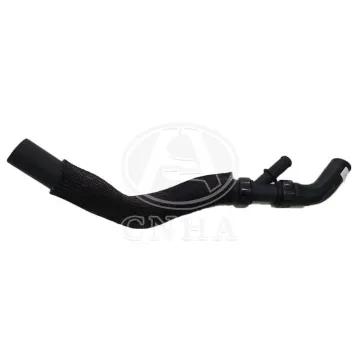Advantages of Window Flocking Sealing Strip
Jun. 09, 2021
Flocking is the application of short-cut precision fibers to a surface using an adhesive. The adhesive is applied to the surface and the precision fibers are electrostatically coated and perpendicular to the surface. This results in a soft, velvety feel. The main fibers used for flocking rubber profiles are polyester and nylon.
The window flocking sealing strip offers unique advantages. It allows for a good seal on moving surfaces. As the window moves up and down, flocked fibers form around the widow. The fibers act as a cushion and compensate for the movement of the glass. The cushioning effect also helps to reduce any noise, vibration and hissing. Next, the flocking sealing strip supplier will share the following content with you.
Reduced Coefficient of Friction
By flocking EPMD or TPU, you can also reduce the coefficient of friction. Without the flocked fibers, the EPMD or TPU profile itself would have a high coefficient of friction, which would increase the burden on the power mechanism when moving the window. In hot weather, the rubber can stick to the glass and cause the power windows to fail. Over time, the rubber may also transfer to the glass.
Window Flocking Sealing Strip
Will not hold debris
Flocked fibers will not hold any debris from the outdoors. The fiber will release any sand or particles that may be embedded in the rubber profile that can cause scratches to the glass. It also helps prevent any debris from entering the door and mechanism. The flocked fibers act as brushes as the window moves downward. Flocking resists the elements and can help remove rain, condensation or snow when the window is raised or lowered.
The flocking process also brings an aesthetic appeal to plain rubber. It does not shed or stick to the glass. It has a soft, velvety feel and offers high performance value.
Traditionally, adhesives and flocking chambers were used for flocking in the flocking process. This resulted in large production lines that had to include adhesive application equipment and flocking chambers. Flocking has traditionally been applied in air-conditioned rooms. The process of applying short cut fibers leads to additional housekeeping and environmental requirements.
The adhesives used to bond EPMD or TPU are usually solvent-based. All of these additional processing, housekeeping and environmental requirements add additional overhead costs when manufacturing rubber profiles.
Simple process
Flocking sealing strips bring a cleaner, simpler process. Flocked tapes are made in a flock coating plant specifically designed to handle these materials. The film is then cut and wound to the desired length and width. The slit spools are then shipped to the window sealing plant.
This eliminates all the extra burden of the traditional flocking process in a window seal manufacturing plant. It also reduces the footprint, labor and maintenance costs of the rubber profile extrusion line, as the traditional flocking equipment previously required is no longer needed.
Flocking sealing strip is now introduced while the rubber profile is being extruded through the die. The sealing strip is melted into rubber through the same die that shapes the profile. The rubber is cooled and cut to the desired length and the flocked sealing strip is permanently melted with the rubber. The fibers are exposed to the high temperature of the die for less than a second, preventing the fibers from melting or crushing due to the short exposure time.
Flocked sealing strips may not be ideal for complex turns and shapes, but automotive engineers have learned to design around these issues. If you want to get more information about the wholesale best flocking sealing strip price, welcome to contact us.







